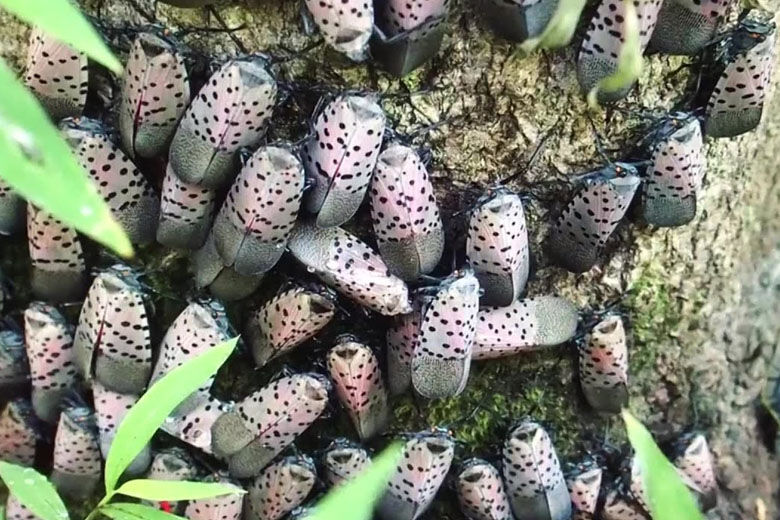
Arlington County and Alexandria, Virginia, residents are being encouraged to report sightings of invasive spotted lanternflies.
Spotted lanternflies present a danger to a number of crops and trees in Virginia and the U.S.
The reporting form, put together by the Master Gardeners of Northern Virginia, asks residents for the location where they found a spotted lanternfly, the insects’ current life cycle, how many lanternflies they found, and a photo of the pest.
Spotted lanternflies are native to China; they were discovered in the U.S. in Pennsylvania in 2014, according to the U.S. Department of Agriculture. The pest has since spread north and south, and it has the potential to harm the country’s grapes, apples, blueberries, peaches, hops, orchards and other crops.
Spotted lanternflies were first reported in Virginia in Frederick County in 2018, according to the Virginia Cooperative Extension.
The Maryland Department of Agriculture said lantern flies can lay a mass of 30 to 50 eggs on any surface, preferring flat vertical surfaces, and can spread by hitchhiking on vehicles.
Spotted lanternflies can damage plants in two ways, Maryland’s Department of Agriculture said. When the pests eat a plant, it can stunt its growth and even sometimes kill the plant. Secondly, its excrement, called honeydew, is sugary and reduces a plants ability to create energy because of the “sooty mold” its honeydew promotes, as well as attracting other insects.
Spotted lanternflies are currently in 11 states, including Connecticut, Delaware, Indiana, Maryland, Massachusetts, New Jersey, New York, Ohio, Pennsylvania, Virginia, and West Virginia, according to the USDA.
A national distribution map put together by the New York State Integrated Pest Management Program shows spotted lanternfly infestations in Frederick, Winchester and Clarke counties in Virginia and Montgomery, Howard and Anne Arundel counties in Maryland, among other counties.
Anyone living outside of Arlington and Alexandria can also report sightings of spotted lanternflies to their respective state agency.








